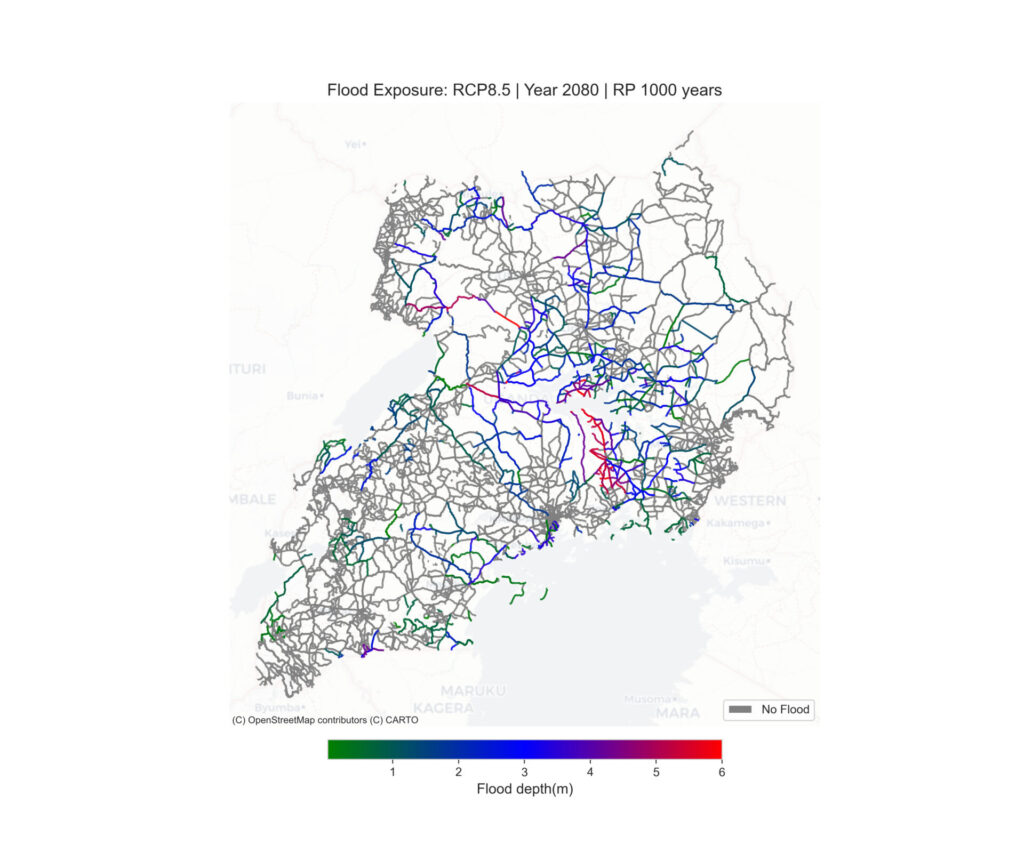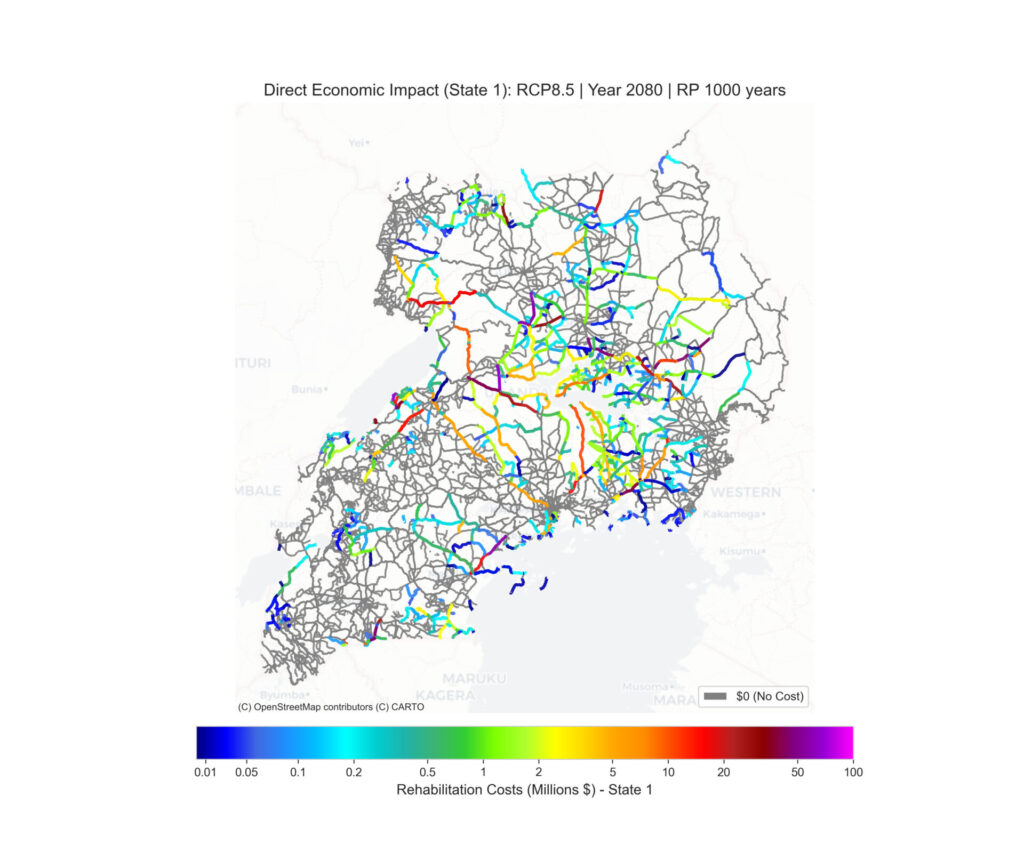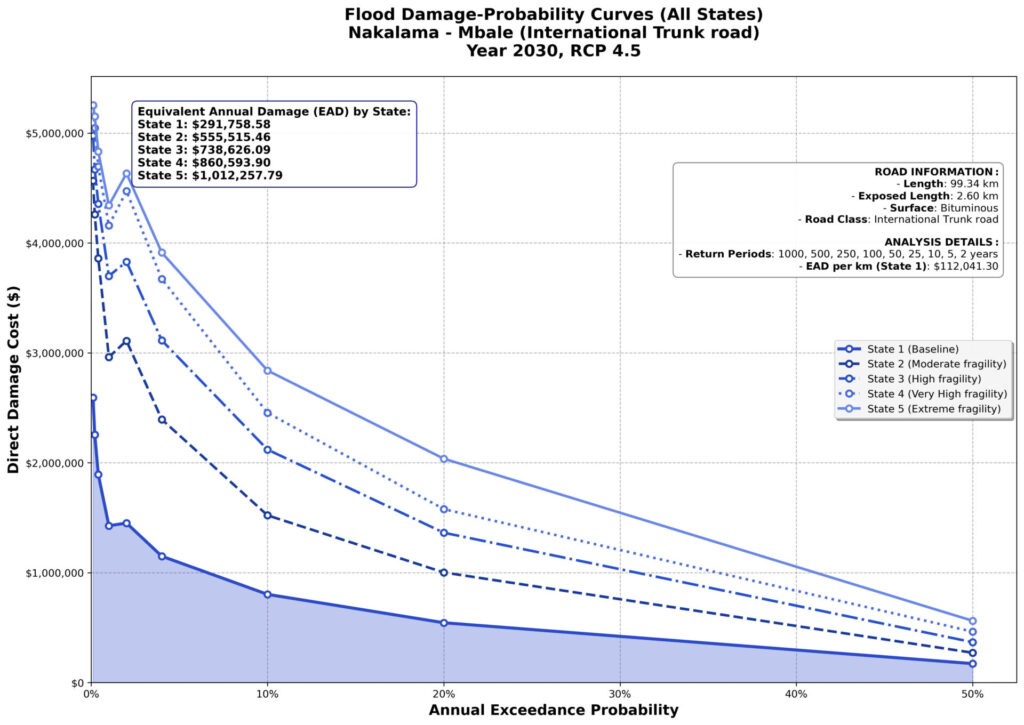As part of CCG’s Research work, the Oxford Environmental Change Institute team have contributed to the development of the next generation of the Highway Development and Management software (HDM5), which is currently being developed under a partnership between The World Bank and TRL. The research – regarding the resilience and vulnerability of road networks has been carried out by Pamela Acheng and overseen by Prof Jim Hall. HDM software is used by the World Bank and others for appraising road investment proposals in developing countries. HDM4 has been used in more than 110 countries to assess over 200 World Bank projects, with an estimated total value of more than £35 billion (2008-2014)


Speaking on behalf of the HDM5 development team, Wenxin Qiao, Senior Transport Specialist at the World Bank, said: “Thank you for your continued efforts to advance the methodology for climate-resilient infrastructure modelling within HDM5, with the excellent final report submitted in July. This has provided our technical team with the necessary methodological foundation to proceed with the development of HDM5 platform. We are grateful for FCDO’s CCG Research Programme that funded this important study …[which will] have a strong impact on the road development agenda globally.
“Specifically, the approach to climate resilience and network vulnerability in HDM5 intend to follow the broad decision-making framework outlined in the Oxford report, which will further help incorporate climate resilience into road investment appraisals. The Network Resilience Assessment Pathway is expected to be adopted as a recommended good practice methodology for conducting resilience assessments.
“Accordingly, HDM5 has been structured to enable the integration of external benefits and costs associated with resilience impacts into the overall analysis framework. Additionally, your work on enhancing predictive responses to specific extreme heat and flood events is informing our team as they finalise updates to the HDM-5 deterioration models. These refinements aim to ensure that the models appropriately reflect the sensitivity required to account for climate change impacts.
“We deeply appreciate the support from CCG and the significant efforts the Oxford team has dedicated to this resilience study that will have a lasting impact on road development worldwide.”


Pavement deterioriation with routine maintenance under flooding (1.4 x rate, Nakalama-Mbale Road)

Pamela Acheng added: “Road agencies in emerging economies rely on tools like the HDM Model. HDM-4 now presents critical limitations for climate adaptation planning, having been designed in an era when disaster risk management had not yet become integral to infrastructure decision-making. It operates on fundamentally static climate assumptions, treating historical weather patterns as representative of future conditions. HDM-4’s economic analysis framework also needed reviewing.
“This research directly addresses these gaps by developing complementary analytical approaches that work alongside HDM-4 frameworks. It provides practical tools to enhance conventional road asset management with climate-informed risk assessment. By quantifying direct rehabilitation costs and indirect economic impacts, this methodology enables road agencies to comprehensively evaluate climate risks and prioritize adaptation investments. It also proposes ways to incorporate extreme heat and flooding impacts on the deterioration of road pavements will allow road agencies to update the deterioration prediction models within the forthcoming release of HDM-5.
“This approach responds to the demand from national governments, development institutions, and infrastructure planners for evidence-based frameworks that identify critical vulnerabilities and deliver maximum resilience benefits within resource constraints.”
The new software release is expected in early 2028.

